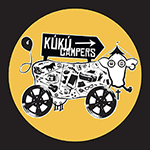
Ready for an Epic Icelandic Adventure?
You've got the plane tickets, you're dreaming of geysers and glaciers, and now you're planning the trip of a lifetime.
But wait!
Forget that rental car and hotel combo – this is Iceland, and the best way to explore it is on four wheels, KuKu style.
At KuKu Campers, we don’t just rent out campervans; we’re the kings of road-tripping, offering you the chance to experience Iceland like a true adventurer.
With over 400 vehicles and 10+ categories to choose from, finding your perfect campervan has never been easier.
Sooo... What are you waiting for? Secure your travel buddy today with Iceland’s most iconic and cheeky rental company!
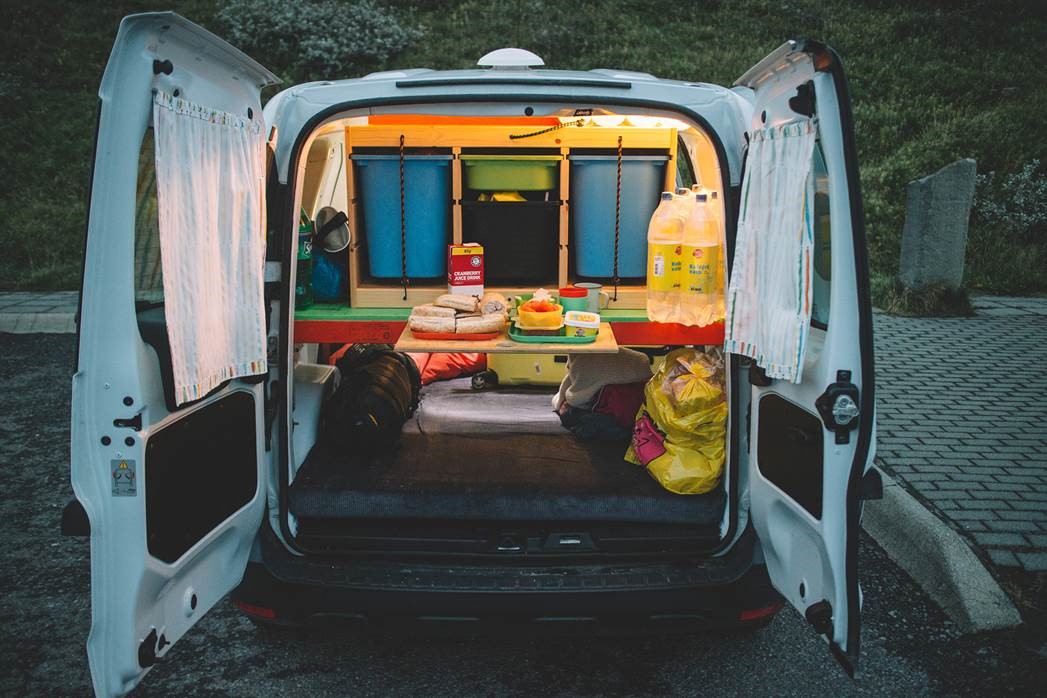
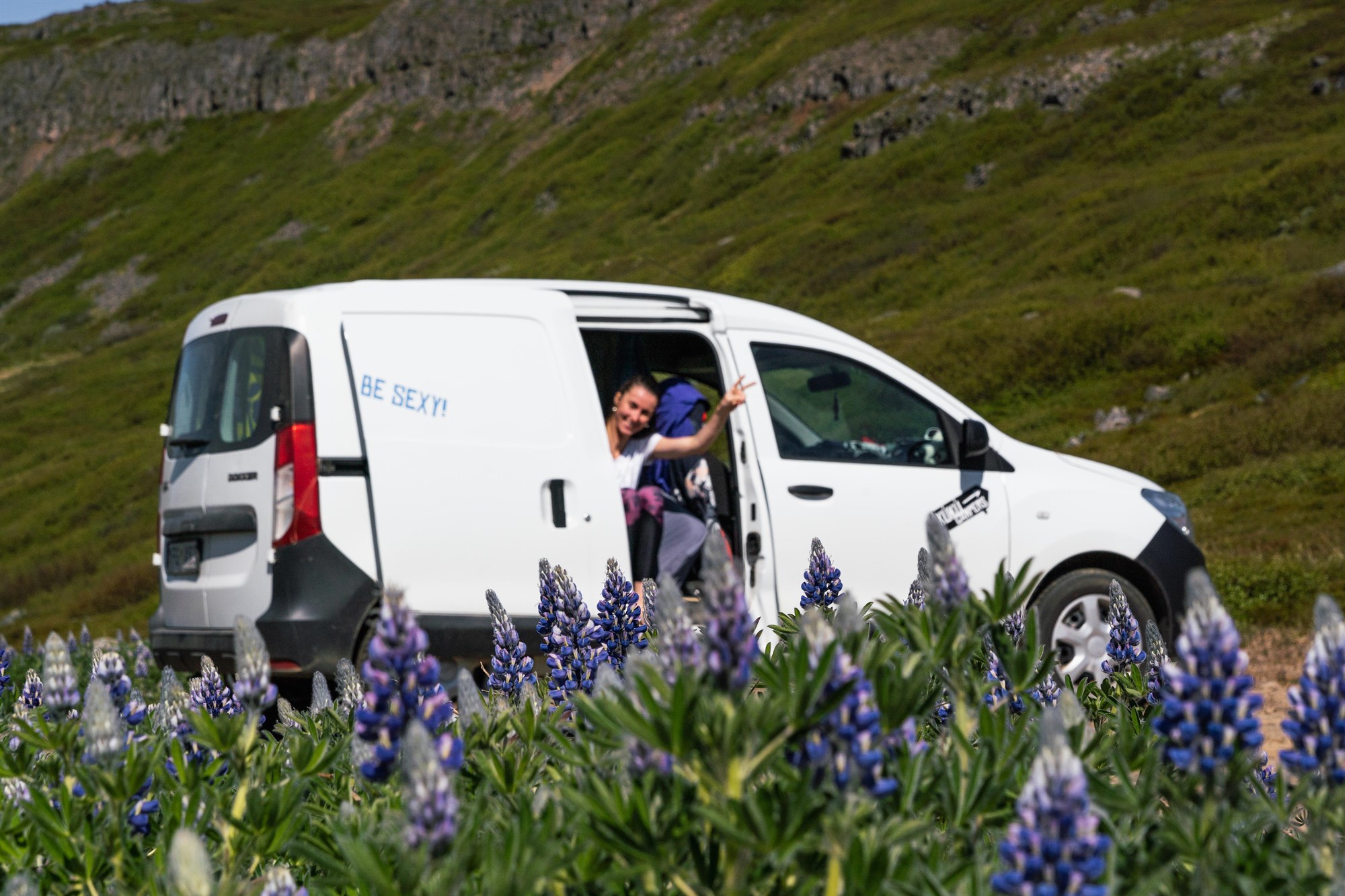
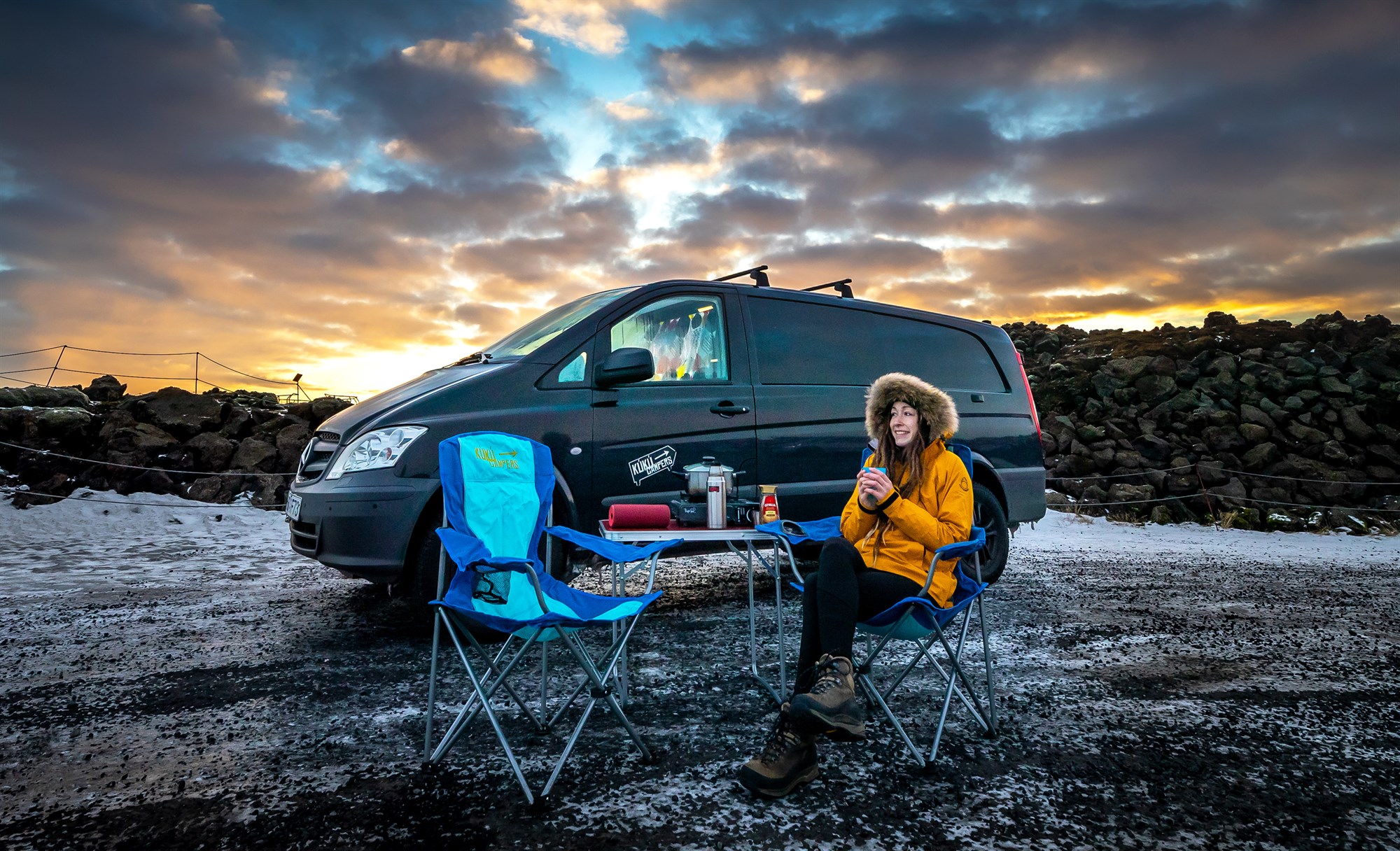

Planning Your KuKu Adventure
Got your campervan? Great!
Now what?
If your planning skills stop at grabbing a crumpled map that makes no sense, don’t worry: We’ve got you covered.
In this guide, you’ll learn everything you need for a successful road trip – from navigating Iceland’s unique roads to discovering must-see spots and booking the best campsites.
So fasten your seatbelt (yes, it’s the law!), crank up the tunes (also mandatory with KuKu), and let’s dive in!
1. Understanding Iceland’s Roads
Iceland’s roads are as unique as its landscapes. Here’s what you need to know:
Paved Roads vs. Gravel Roads
-
Paved Roads: Smooth, reliable, and suitable for all vehicles. They’re maintained year-round, so you’ll be safe even in winter.
-
Gravel Roads: Rougher and more rugged. While some are manageable with 2WD vehicles, others – known as F-roads – are strictly for 4x4s. These roads often have river crossings, and only serious 4x4s can tackle them. Pro tip: If a river looks deeper than your knees or the chassis of your camper, don’t even try it!
For up-to-date road conditions, check out road.is.
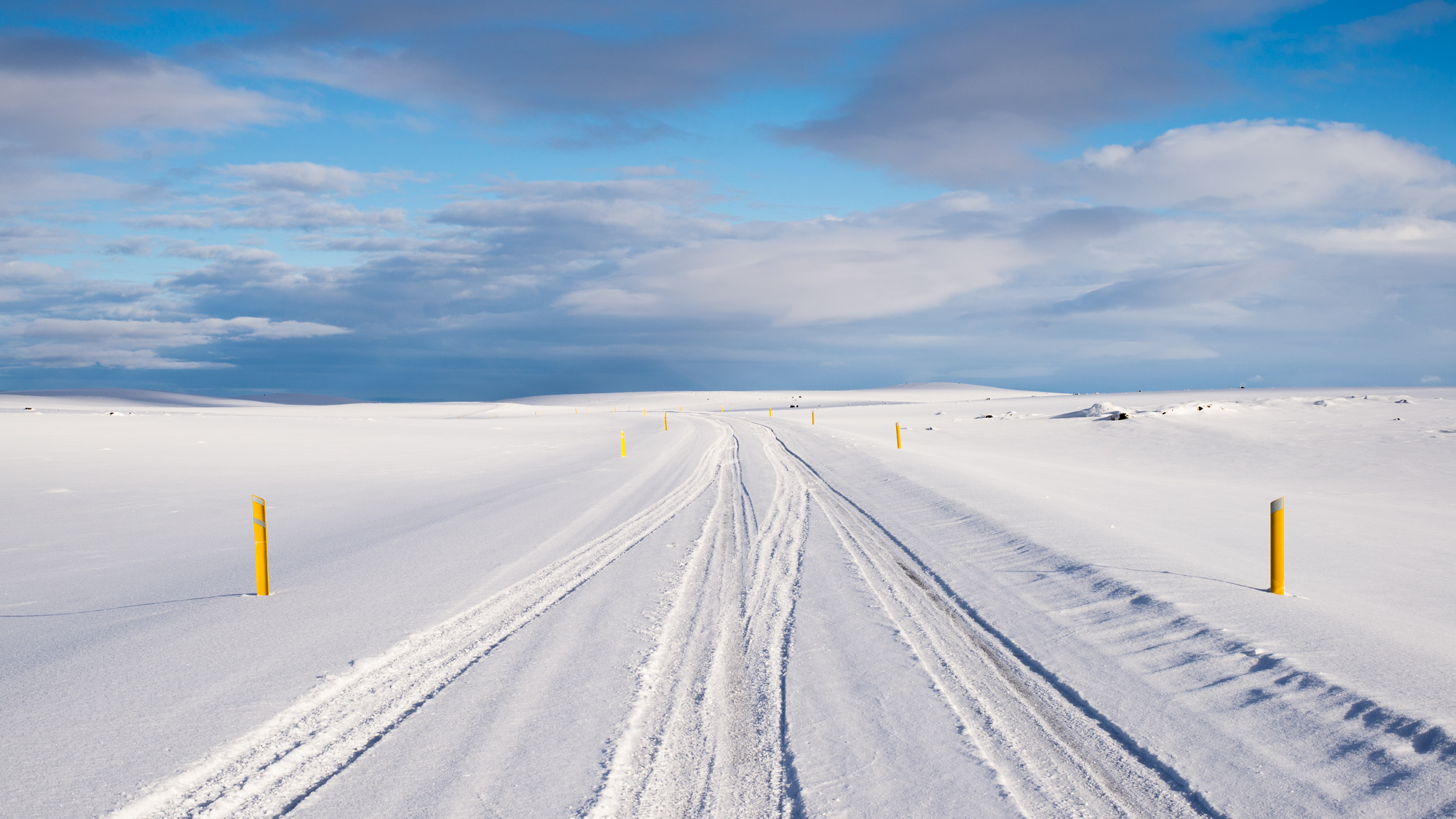

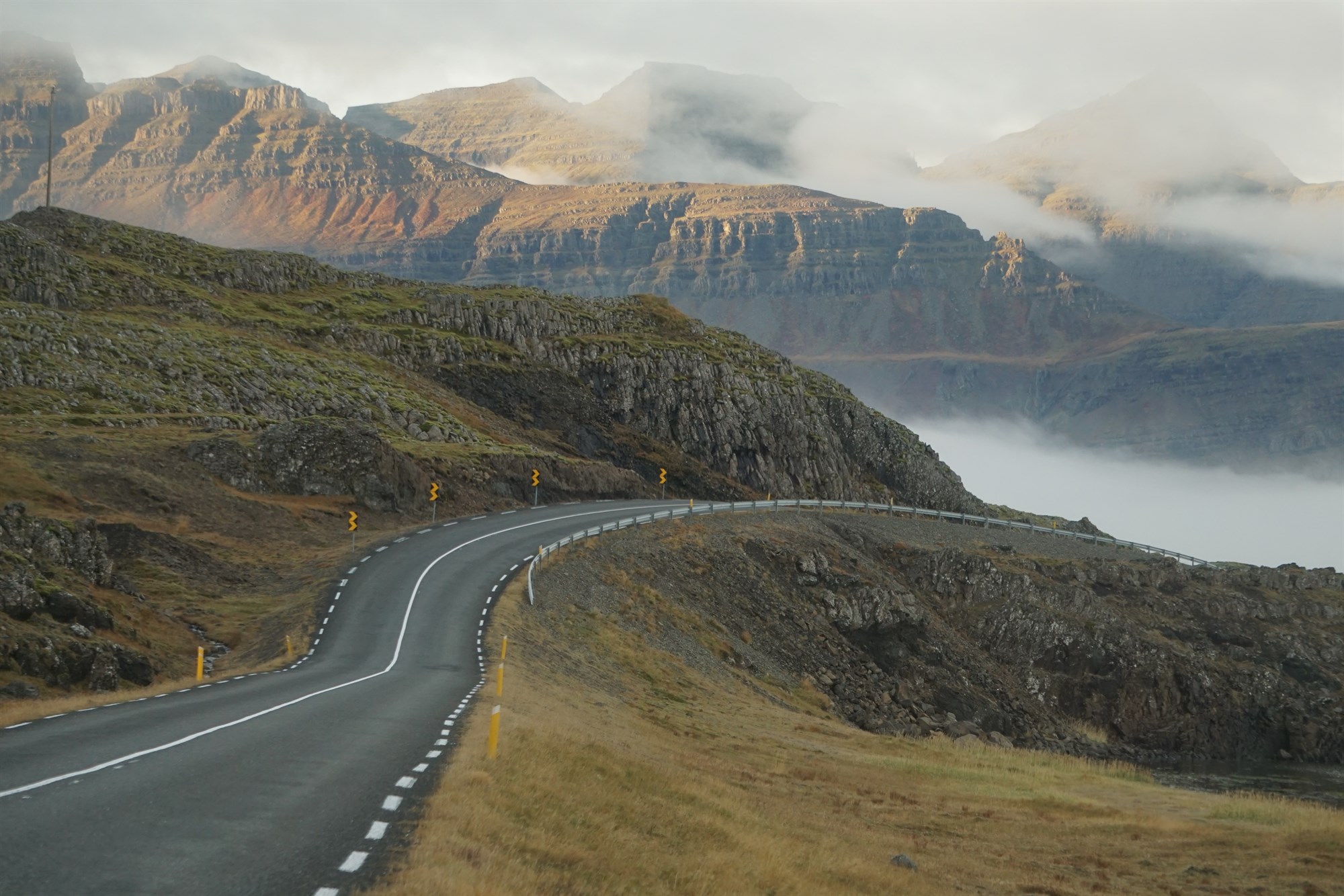
Wind Warning!
Iceland’s winds have been known to literally rip doors off cars. Always park facing the wind and hold onto your door tightly when opening it. We’re not kidding – we’ve seen doors take flight!
2. Driving Safely in Iceland
Driving in Iceland is part of the adventure, but a few safety tips will keep it fun:
Follow the Rules
Watch the Weather
Iceland’s weather changes faster than your mood on a Monday. Be prepared for sudden snowstorms, reduced visibility, and icy conditions. If it gets too rough, pull over and wait it out in your cozy camper.
Beware of Sheep
Icelandic sheep roam freely, and they don’t use crosswalks. Drive slowly and stay alert – they’re adorable but unpredictable.
3. Planning the Perfect Itinerary
Iceland offers two classic routes to kickstart your road trip:
The Golden Circle Route
This iconic route takes about 3.5 hours to drive – well, only if you don’t stop. But trust us, you will stop. A lot.
Why? Because the Golden Circle is packed with jaw-dropping sights, including Þingvellir National Park, the Geysir Geothermal Area, and the stunning Gullfoss waterfall. Each of these spots deserves its own blog post (and maybe even its own fan club), but we’ll give you the highlights.
If you’re short on time in Iceland but still want to tick off epic waterfalls, erupting geysers, volcanic landscapes, and even scuba diving between tectonic plates (yes, really), then this route is your dream come true.
All of that in a single day? The Golden Circle is calling your name!


4. Where to Park for the Night
Camping in Iceland isn’t just convenient; it’s mandatory. Wild camping is prohibited, so you’ll need to park at designated campsites. But don’t worry: They’re everywhere, and many offer fantastic amenities like hot showers, kitchens, and even hot tubs!
Our Top Tips:
-
Check our KuKu campsite map for year-round and seasonal options (it's right here below!!)
-
Some campsites may require reservations, so call ahead when possible.
-
Look for campsites included in the summer-only Camping Card to save money.

5. Campervan Know-How
Not sure how to set up your campervan? We’ve got you covered with easy tutorials on our YouTube channel:
How do I turn on the heater?
How to use the cooler?
How to refill the water tank?
How to turn on the stove?
How to set up a bed?

Ready to Hit the Road?
Now that you’re armed with all the tips and tricks for an epic KuKu Camper adventure, it’s time to make memories that’ll last a lifetime. Book your campervan today, pack your sense of adventure, and let Iceland’s beauty blow your mind!
We’ll see you on the road — and don’t forget to share your stories with us on Instagram and Facebook.
Happy travels!
You might also like...




Make sure you get the most out of your camper van journey to Iceland with KuKu Campers
Back
